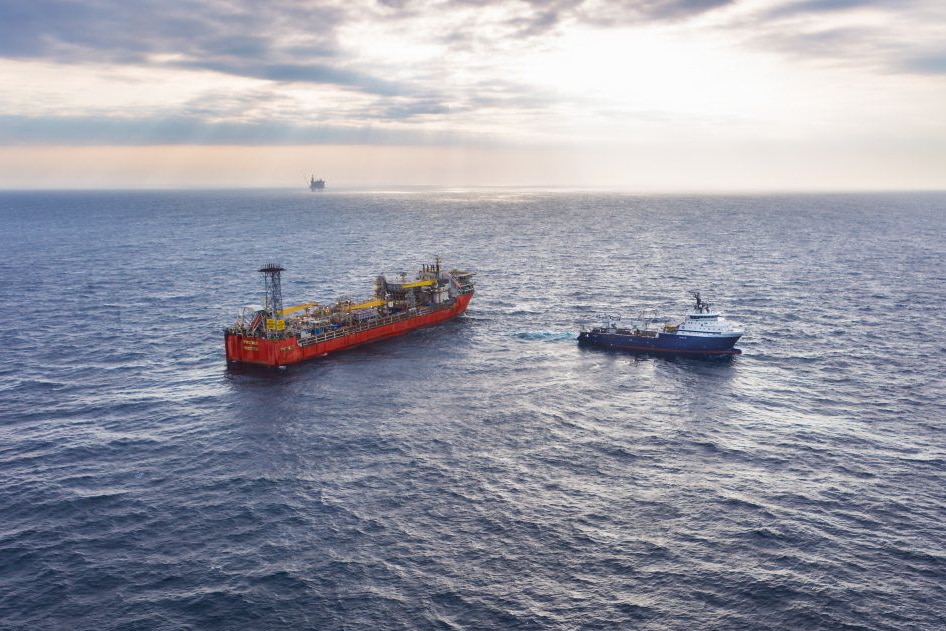It is estimated that the remaining reserves in the area increase by 136 million barrels of oil.
The field was proven in 1967, and the original PDO was approved in 1996. Production started in 1999. Balder is currently being developed with subsea wells associated with a production and storage vessel, Balder FPU. The Ringhorne occurrence, located just north of Balder, is included in the field.
The development project, called Balder Future, includes a new subsea system consisting of five subsea frames with a capacity of four wells each, as well as two satellite wells. The development also facilitates the connection of additional well frames.
It is planned to drill 13 production wells and one water injection well. This gives eight vacant slots for future drilling on Balder.
– This is an important project to increase recovery from the Balder field, as well as good utilization of existing infrastructure, says Arvid Østhus, Deputy Director of Development and Operations of the Norwegian Petroleum Directorate.
Originally recoverable reserves in the Balder field was 540 MMbo.
Development, and exploration
– We are committed to investing more in fields in operation to extend life and increase recovery from these fields. The licensees have invested in new seismic and are planning to use modern drilling technology to realize the project. This shows that there can be great opportunities in existing fields by utilizing newer technology and maximizing data collection even during the production phase. In addition, preparations are now being made to link to possible discoveries in a mature area with continued high activity, says Østhus.
Vår Energy is an operator with a 90% stake. Mime Petroleum is a partner with a 10% stake.
Reservoir
Balder, including Ringhorne, produces oil from several separate deposits in sandstone of Jurassic, Paleocene and Eocene age. Balder produces from the Heimdal and Hermod Formations as well as from the injected sand complex above them. Ringhorne produces from the Hugin, Ty and Hermod Formations. The reservoirs are of good to very good quality. The Balder reservoir lies at a depth of 1,700 metres and the Ringhorne reservoir at a depth of 1,900 metres.
Recovery
Balder and Ringhorne produce primarily by natural aquifer drive, but reinjection of produced water is used for pressure support, especially into the Ringhorne Jurassic reservoir. Excess water is injected into the Utsira Formation. Gas is also reinjected if the gas export system is down.





